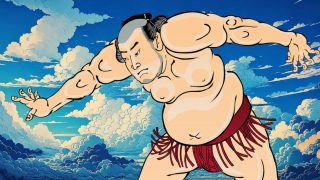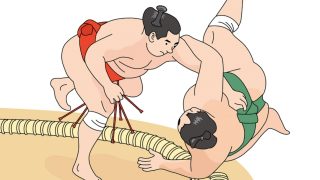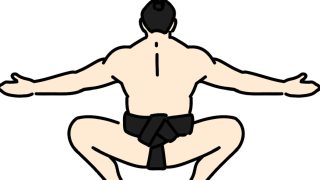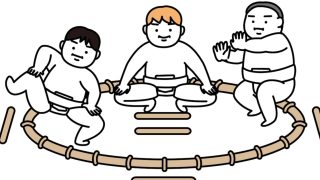 Trivia
Trivia Barefoot All Year: Why Sumo Wrestlers Do It and the Surprising Benefits
The reason wrestlers live barefoot all year round is deeply tied to stability in the ring and maintaining the sacredness of sumo. This article introduces the cultural and physical background behind this practice in a way that is easy for beginners and foreign fans to understand.









